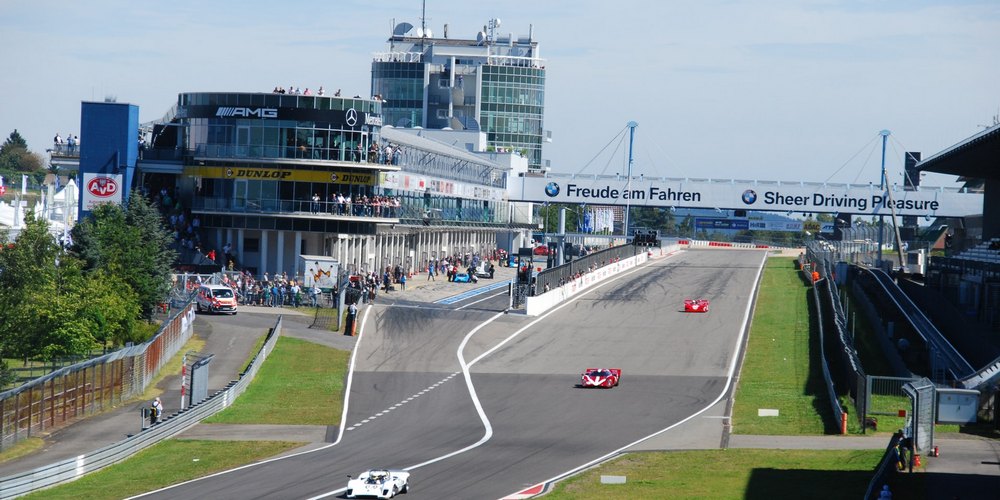Perhaps the most famous track is the German Nürburgring North loop. The old circuit though no longer used for top-class racing, but its importance is still there. The historic Nürburgring remains as iconic an attraction as it was half a century ago.
Construction of the circuit began in 1927 in the Eifel mountains, some 70 kilometers south of Cologne, at the behest of the Rhineland-Palatinate authorities, who wanted to attract tourists from all over the world to their remote and abandoned region. The initial bet was that no one else in the world would have such a route. The altitude differences in the hills around Nürburg reached 300 meters, and because of that many turns at the Nürburgring were “closed,” that is not visible. Racers had to fly into obscurity at a speed of 200 km/h. With a route length of 28 km, the race on the “North Loop” turned into a torture for the pilots.
After the Nazis came to power, the track acquired ideological significance. Automobile victories of Germany were forged here. Their spearhead was directed against the triumphal march of the Italians. The race of 1935, where Auto Union and Daimler-Benz challenged the Italian Alfa Romeo 8C Tipo B, is still memorable. There were about 200,000 spectators in the stands, including the German top leadership. Hitler couldn’t wait to wash Mussolini down.
Enzo Ferrari himself was present in the Italian team, directing the Alfa Romeo technicians. But the German cars were more powerful. Manfred von Brauchitsch on Daimler-Benz seized the lead and was way ahead of Italian Tazio Nuvolari. But he got a flat tire on the finish line. The Italian Tazio Nuvolari was the first to cross the line in a red Alfa, surrounded by the silence of the audience.
Since 1951 at the Nurburgring established and Formula 1. However, the great length of the North Loop interfered with control over the race and did not allow technicians and rescuers to arrive in time to the accident sites. Thus, in 1981, small rings, including the GP-Strecke for Formula 1, appeared at the Nürburgring.
The old track is now used for endurance racing, as well as for tuning and testing the production cars of the Big Three of Germany. It is believed that if a car can withstand a race at full speed on the old Nürburgring ring, it is no longer afraid of anything.






